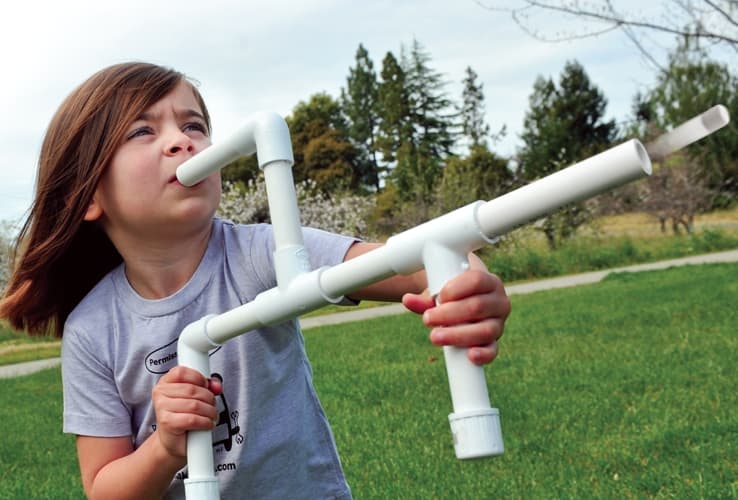This is from another thread about roof shingles. I put this quote here because I think it goes in another interesting direction. We frequently get clients and agents asking us specifically to identify what, where, and how many, how extensive, defects are. For instance, a ten or so years ago, I found some “fogged” double-pane windows and some other operational defects and recommended that a window tech evaluate all windows for repairs.
The client (who was not present for the inspection) demanded that I identify each and every window with a defect and the exact defect for each and every window. When I asked why he didn’t have the seller get a window tech to evaluate the windows with the Inspection Resolution Form, he would only say that it was my job to do this. I pointed out that the window tech might spend several hours evaluating the windows compared to my several hours on the entire inspection and it was in his best interest to have a window specialist inspect the windows. He vehemently disagreed.
Then his agent called me to express her displeasure with me. She said, “You know how window people are. They will pick the windows apart and find everything wrong. They will end up recommending replacing all of them.” I replied, “Well, maybe some of them will do that. But isn’t that the point of getting a window person over to see what they will say, just like we would do for hail damage on a roof, or a problem with the furnace?” She said, " I just don’t know why you want say which windows have a problem?" And I came back with, “I just don’t see why you won’t make a request to the seller to take care of this on their nickel. You can specify to the seller which window company you want to come out. The seller can agree, or you can negotiate, but that is in the best interest of our client to get a window expert out.”
I never heard from either of them again. I have never had so much resistance to recommending further evaluation by an appropriate expert before or since.
I have a clause in my agreement stating that, The purpose of the inspection is to observe the general condition of the subject property and identify and disclose those major defects, deficiencies, and hazards which are readily visible and accessible at the time of the inspection. Not all tools carried by the inspector may be used on every inspection. Any tools utilized by the inspector are used at the discretion of the inspector. Descriptions and photos of defects listed in the report are not a comprehensive list and should be considered representative of the conditions observed. Observations, conclusions and recommendations in the report are based on the inspected samples. Components, devices, and systems are operated as intended by manufacturers using manufacturers’ instructions, related industry recommendations, and state and federal guidelines when applicable.
When I see several defects repeating, I will report something like “Several loose outlets. Have an electrician inspect all outlets.” But if I only find one loose outlet in the entire vacant house with no furniture where I actually inspected every outlet, I will identify that specific loose outlet. So far, I have not had a legal challenge to my approach.
In Matt’s example that started my essay, I would report something like, “Two damaged ducts noted in the crawlspace. A HVAC tech should evaluate the entire system and make repairs.”
I have some more thoughts and stories on this topic, but this essay is long enough at this point.

